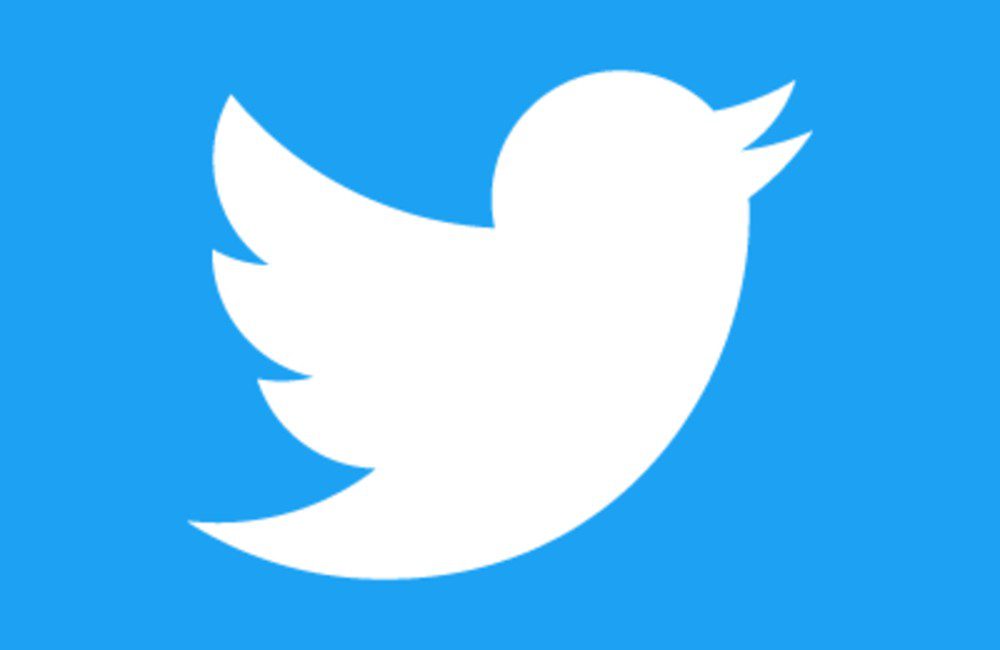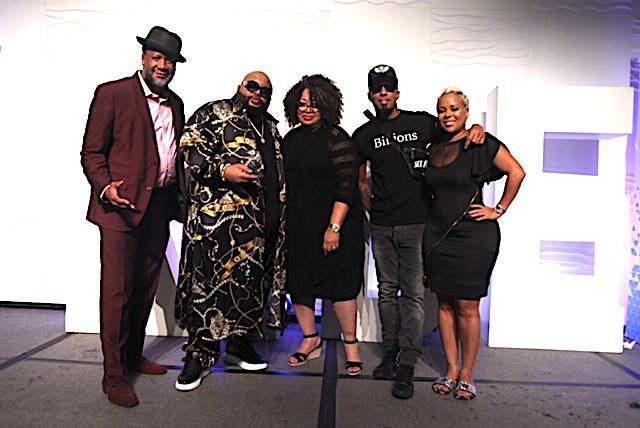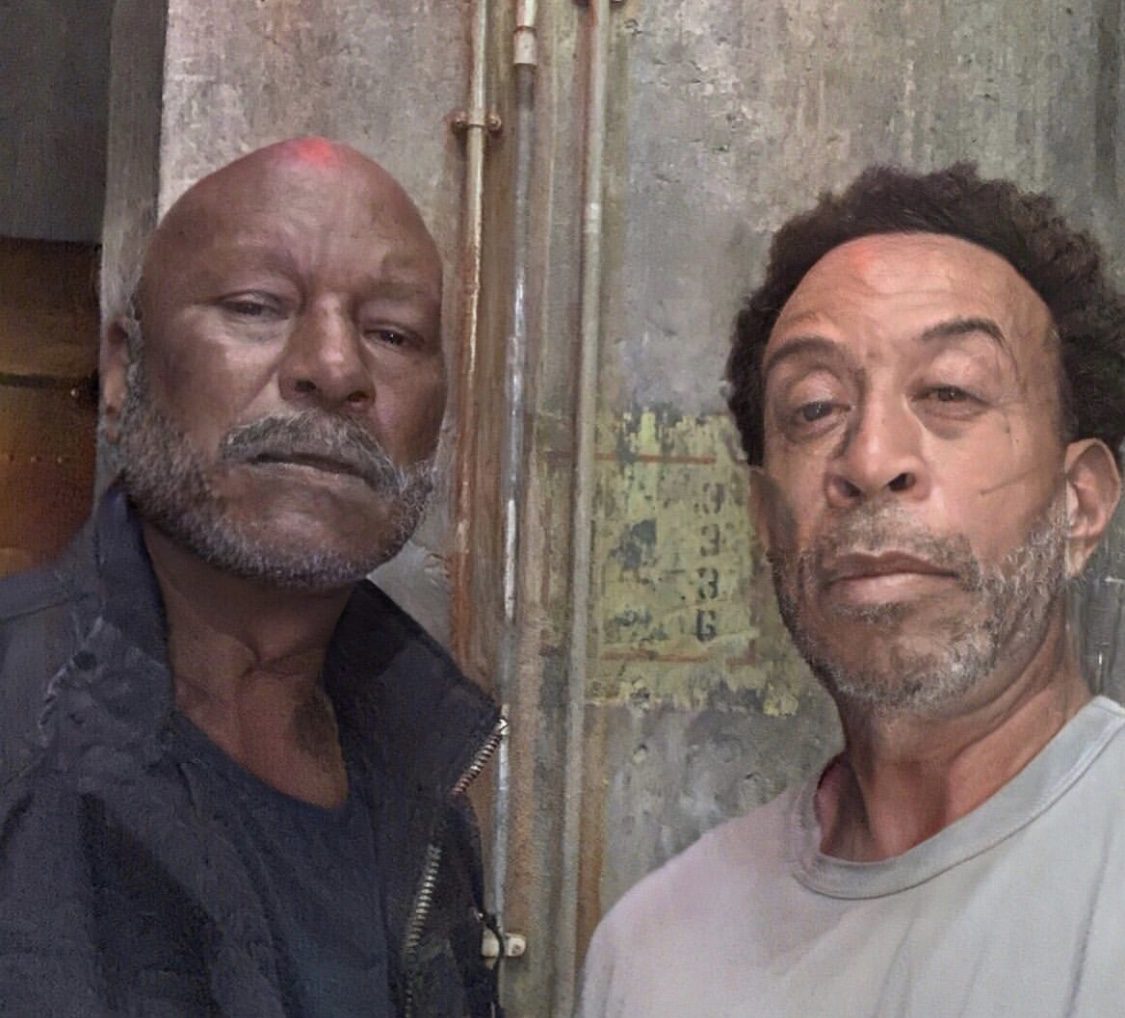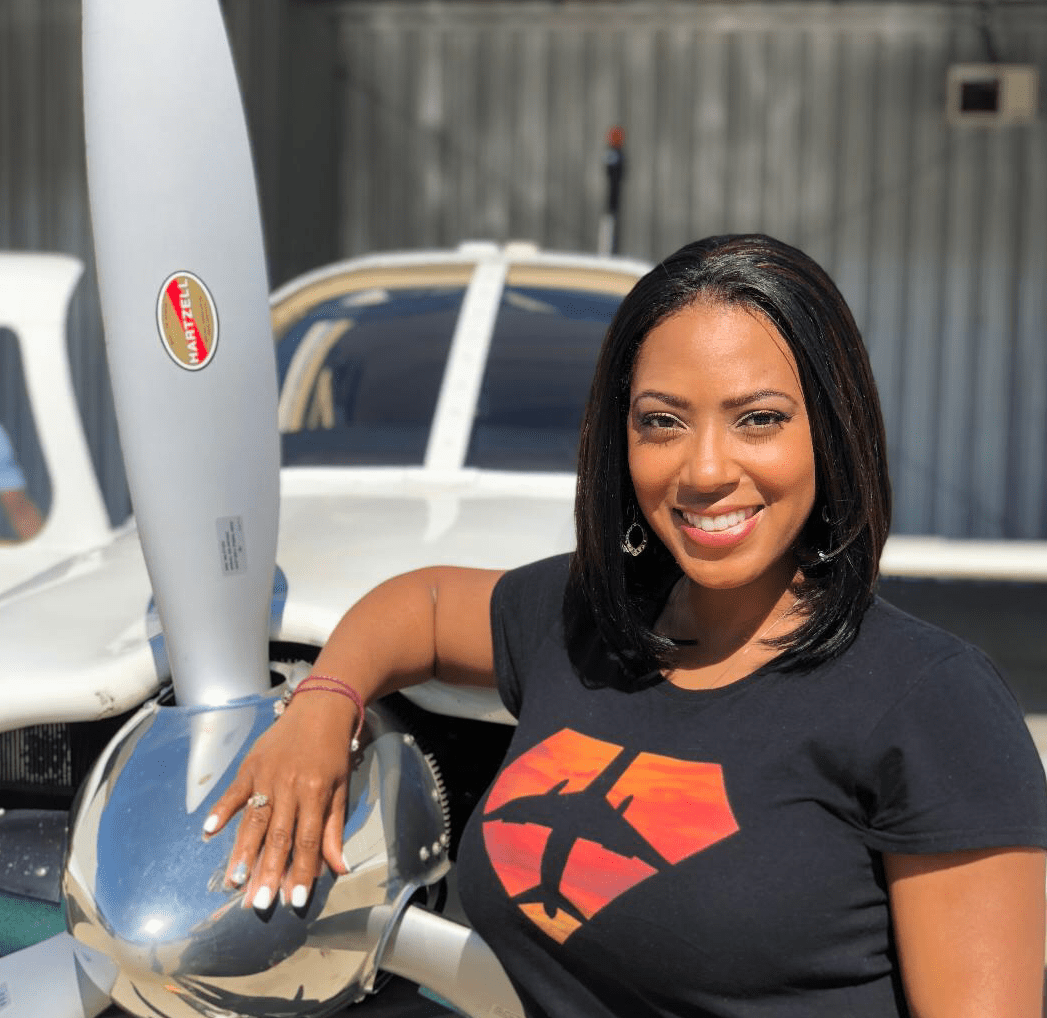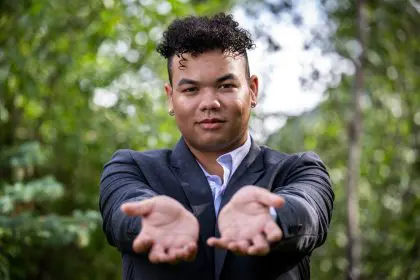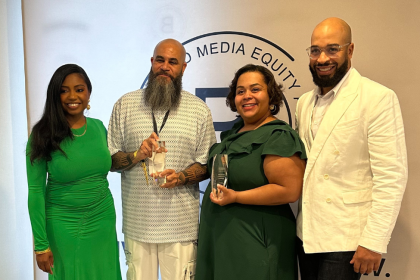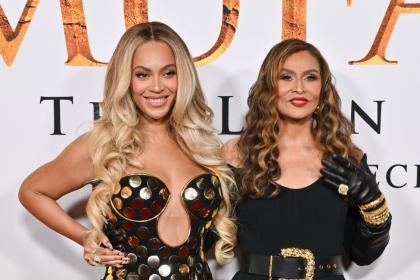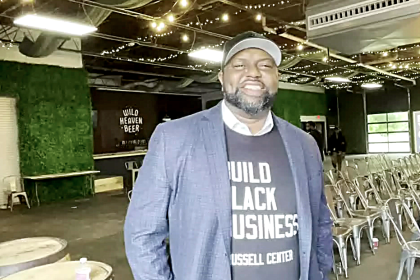
Emile Cambry is the CEO and founder of BLUE1647. He recently spoke with rolling out about the tech industry in Chicago, his past experiences, and how his firm helps ,omorities wanting to break into the field.
How would you describe the tech industry in Chicago in the Black community?
The tech space in Chicago for Blacks is really improving. Five years ago when my business partner and I, Antonio Rowry, started teaching youth mobile app development, you couldn’t find as many folks excited about the prospects of technology for our communities. The tech industry in Black Chicago is growing, and BLUE1647 has been the leader in getting more Blacks in tech than anywhere else. There are great discussions to get more Blacks in tech in Chicago, and we are fortunate to have the only 24/7 space catering to minorities. We do it through a combination of ways: classes, workshops, and events; workforce development, and business acceleration. We are the only national, U.S. Department of Labor-certified apprenticeship program in software development, and we’re excited to be a part of the White House Techhire initiative, training more minorities for tech careers. We’ve had some great success stories with our students getting jobs and internships in technology companies, and even several who have been offered equity positions in technology ventures.
What does a healthy tech ecosystem look like?
A healthy technology ecosystem is one where everyone feels like they have a chance. Everyone should feel like they have a chance to work for a tech company or startup their own. And what we do with BLUE1647 is to tackle both, because they are essential for economic development among the fastest growing job segment in America. It’s about economic justice, and it’s critical that we focus on skill development, so we have an equal playing field. For every high-skilled tech employee you have, it creates almost three jobs. So imagine the power of working at scale to make that happen. And that’s why our mission is so critical to Chicago. Not only are we focused on building our communities, we are also cultivating the next generation, so they can participate and compete at a high level. As much as we want students to work at the large tech firms, we also want our students creating their own firms in their own communities, hiring folks from their community. If we just focus on downtown and hope skills and opportunities trickle down to our communities, Chicago will be in a bad place.
Did any past experiences prepare you to be a CEO?
Not really. I started a couple of projects that didn’t work. So I learned a little bit about how much it takes to actually make something successful and I consider myself a filmmaker as well. I had a lot of projects that were not successful and some projects that were successful. So you really learn a lot about the journey from start to finish of what it takes, the amount of time the amount of energy, and what disappointment that may happen when finishing some projects. But you also know that you can also help people move to the next level and that’s what pretty much happened.
What formal education have you had?
I have my bachelor’s degree in economics from the University of Chicago and my MBA from Northwestern University.
What insights have you gained working on Chicago Inno board?
I sit on a great deal of boards, which is great to get experience in various capacities, which I’ve been able to build into the models we utilize at BLUE1647. It’s important to continue to read everything I can put my eyes on and be a student of my industry. I read hundreds of articles a day on the tech industry, and it’s important that I stay on top as best as I can. Our team at BLUE1647 continues to be at the front of technology, not just for Black America, but for everyone.
What has been your biggest hurdle?
The hardest thing at first with what we were doing was just getting people to truly believe. … And everything went from ”Well I don’t know if my kids will be interested in this” to “No, my kids would love this. How can we get you there?” It was a completely different conversation so as opposed to trying to convince people that this is important. I can see that everybody sees that this is important and that’s why we need to go from talking about “How do we bridge this gap?” to saying let’s provide the targeting, programming, curriculum, and logistics that we know work and will make our community stronger.
How do you use technology in your personal life?
My life is greatly enhanced by technology. From my Apple watch that tracks my health, which I’m taking great steps to improve, to apps like Uber that get me to wherever I need to be in any city BLUE1647 operates, to a dashboard we created to track our social media activity at BLUE1647, to my wireless internet card that enables me to login to the Internet from anywhere. Additionally, we have had over 1.5 million folks visit our Facebook page and we use Google Adwords to drive traffic to our website. Putting those two things together, we’re able to sell out classes, workshops, and events, which has enabled our nonprofit to expand rapidly. I also have a tracking tool I use to see how many folks we are able to serve at BLUE1647. Our goal is to reach a million students through BLUE1647 within five years, and we’re building an online platform to further scale our business.
What is your product(s)?
So were coming out with our own line of products. There’s a product one called BLUE Wear and that’s our wearable technology product that we create in-house. And the cool thing about that is we want to teach our students to be producers and not just consumers. So it’s important for us to be producers too. We’re producing a line of product that we will be showing off in at a preliminary setting in September. And the goal is just that. We have another set of products called BLUE Kits, which are educational kits. Technology kits that once again teach kids technology but what they do, is they have something that they can actually use. One of them is a game that you make your own game controller. You can learn about circuit boards, learn about electrical engineering, mechanical engineering, and then you have something that you can play. And then you can say that I built this, I put it together, and not I brought it from a store.
What needs to change to ensure that Black-owned tech businesses continue to thrive and grow in the city?
We need more Blacks investing in Blacks. This leads to Blacks hiring more Blacks, and more opportunities for growth. This is why we created the BLUE FUND, a portal that focuses on rewards-based crowdfunding, equity-based crowdfunding, and real estate crowdfunding. It’s not longer leave the community and not come back, it has to be a movement to build the communities we want to live, work and play. And it has to be intentional. We can’t expect institutions to save our communities, we have to be proactive and provide the platforms for those at various levels of commitment to participate. When you create a structure that’s sustainable and trusted, amazing things can happen.
What advice would you offer to millennials who want to break into the tech field?
I think my advice to them is that one it’s hard for everyone. So don’t be discouraged because it’s a foreign language. It is a foreign language. The good thing is that it gets easier over time. And the more that you practice, the more that you play with it, the more it [helps] your development in technology. It gets easier over time and that it is actually a lot of fun. And you can actually be successful in the field and the next Derrick Rose in technology is coming from our community. So let’s be ready for it. Let’s embrace, and support them. And do whatever we can to connect them to more resources and opportunities that can mostly help their future.



